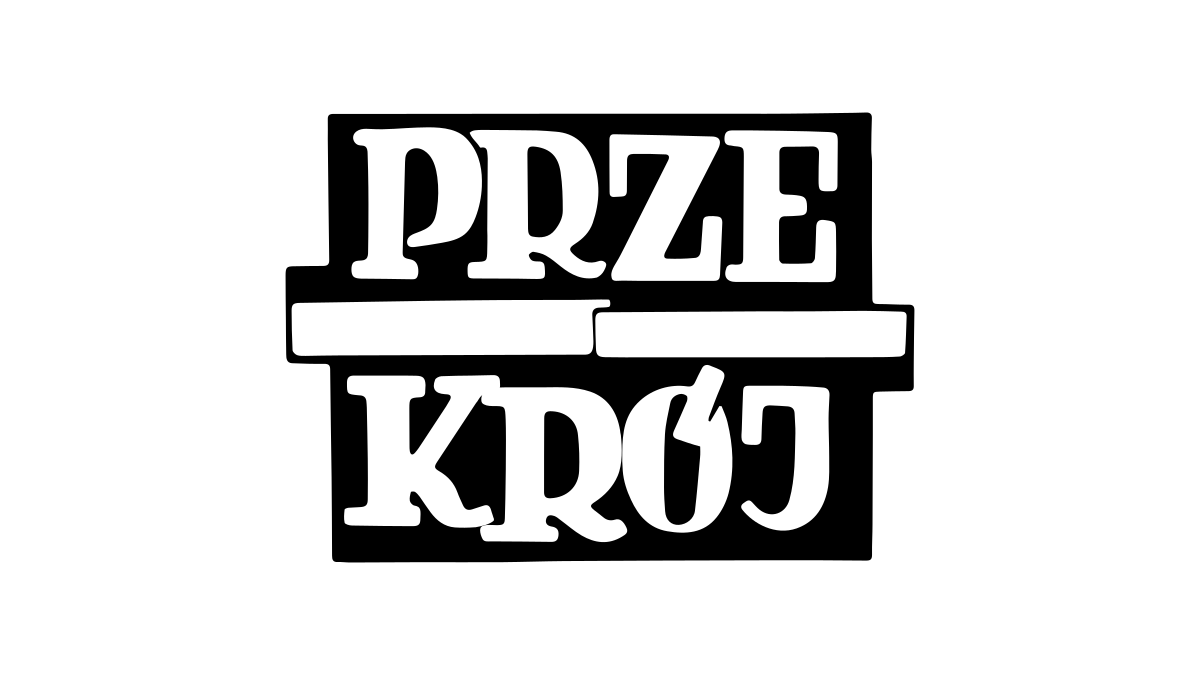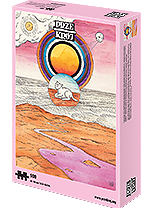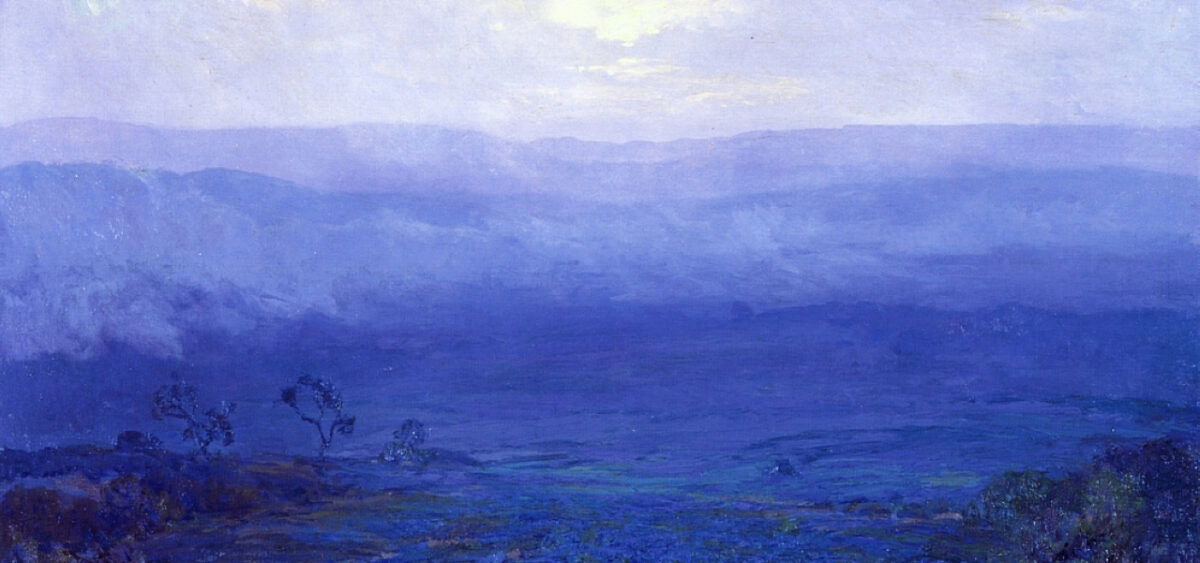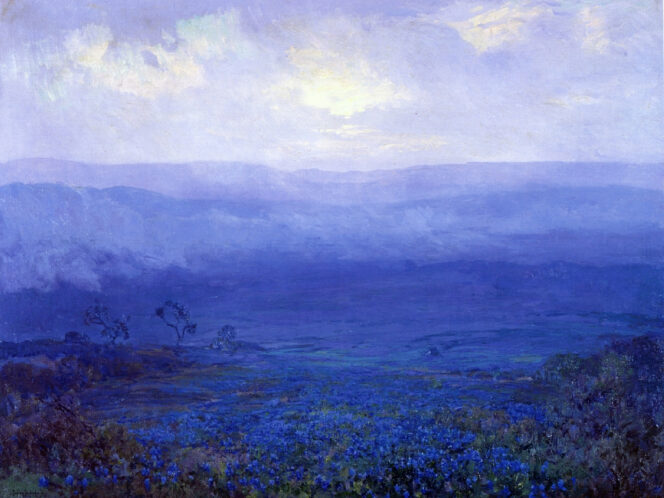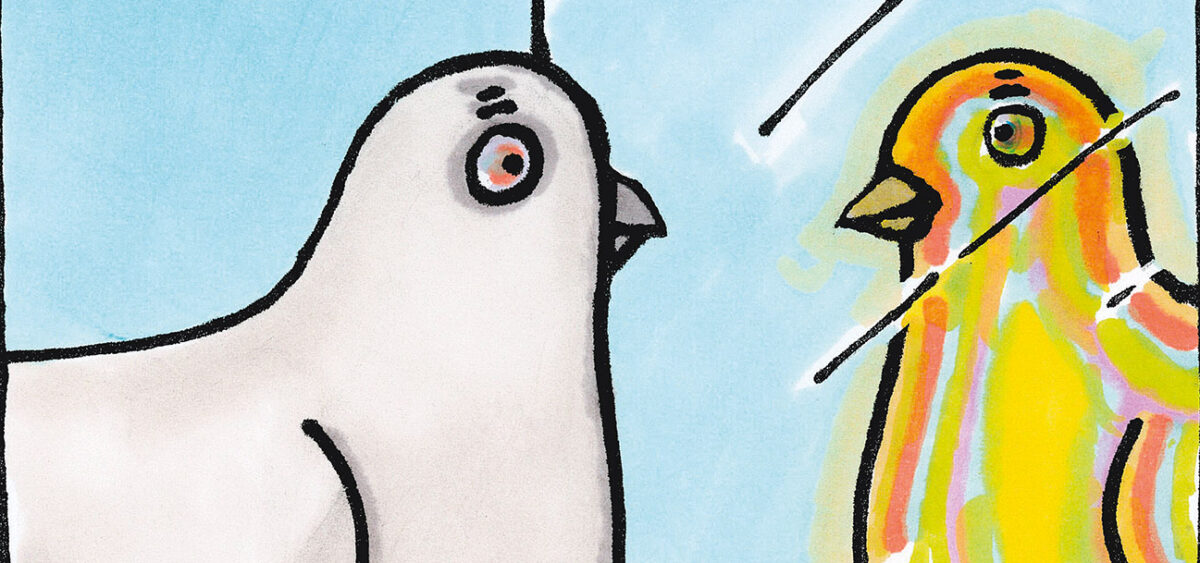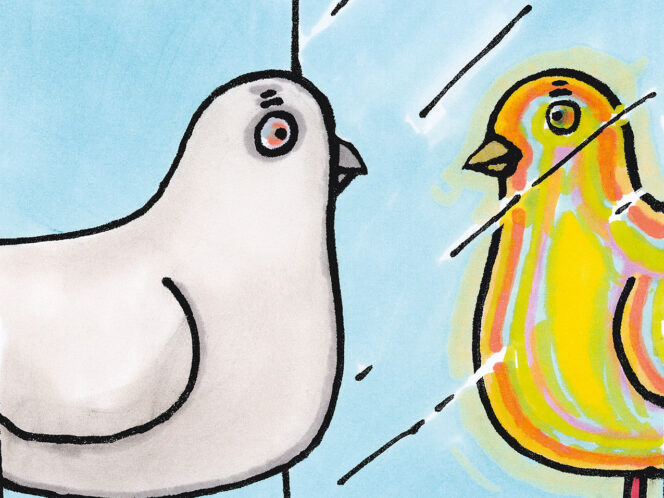
Blue is the color of eyes, the sky, and the ocean. It is hard to ignore its presence in the world, yet it wasn’t always taken into account linguistically. In art it is one of the primary colors, but the path to discovering an ideal and relatively affordable pigment did not follow a straight line. It seems that there is still a lot to discover.
In 1969 Brent Berlin and Paul Kay posited the so-called principles of the universality of basic color terms. Their work started a fascinating debate on relativity in color perception in various cultures, thanks to which there are now many examples of how it impacts the naming and categorizing of colors (e.g., dividing shades into warm and cold). Moreover, it turns out that this relativity also influences the seemingly objective ability to distinguish between colors. The fact that in the language of a given culture it is possible to name colors unknown to other communities enormously increases the ability of that culture’s members to distinguish between these colors.
One of Berlin and Kay’s most interesting ideas concerns the development of words describing colors. The researchers came to the conclusion that such words tend to be created in a particular sequence. The least developed languages only distinguish lexically between black and white. This seems logical—after all, the contrast between darkness and light is one of the strongest sensual sensations one can register. Adding a third color category almost always means a word for red—the color human eyes perceive
